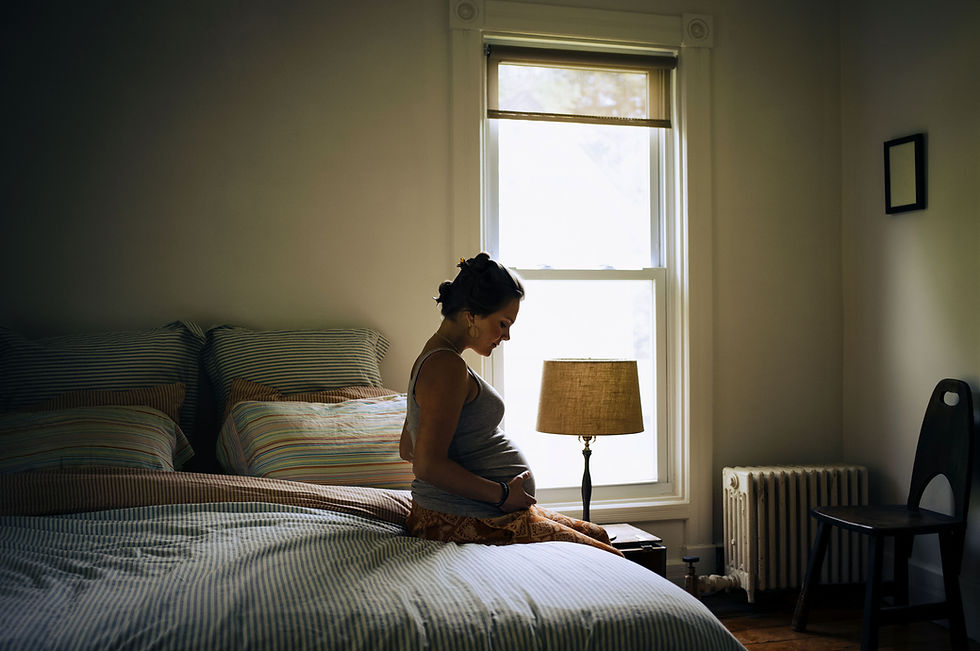Struggling to Move Comfortably While Pregnant? Here’s Why.
- Dr. Michelle Cady

- Apr 30
- 2 min read
That Sharp Pelvic Pain? It Has a Name — and a Solution!!

Pubic Symphysis Dysfunction
Are you pregnant and having a hard time rolling over in bed? Going up and down stairs? Standing on one leg? You may be dealing with pubic symphysis dysfunction. When the relaxin hormone is working, which starts immediately with pregnancy, the pubic bone ligaments begin to relax and stretch. One of the areas affected is the front of the pelvis where the bones attach centrally. Pain in this location is known as pubic symphysis dysfunction. Pain can be caused by inflammation, excessive movement, or instability at the pubic symphysis joint.
When does Pubic Symphysis Dysfunction occur?
Pubic symphysis pain can occur as early as the first trimester, but is most common during the third trimester. The body prepares more space in the pelvis area and handles an increased load from the baby and weight gain throughout pregnancy. It is also more prevalent in subsequent pregnancies. While during pregnancy is the most common time frame, it can also occur in the postpartum period.
What symptoms occur with Pubic Symphysis Dysfunction?
Pain in the front of the pelvis, groin, hips, sacroiliac joint or radiating down inner thighs
Difficulty moving from sitting to standing

Pain with rolling in bed
Pain with single-leg activities
Pain with going up/down stairs
Pain moving legs in and out (into adduction and abduction)
Pressure or achiness in pelvic area
Pain is usually relieved with rest
Clicking in back or front of pelvis
Pain is usually the most common identifier that pregnant women experience, but it often goes untreated as it’s easily dismissed with reassurance that it will go away postpartum. That can occur, but not always! Physical therapy can help alleviate pain using massage, myofascial release, core and pelvic stability exercises, gentle resetting of the pubic bones to the proper alignment, and recommending lumbopelvic stabilization techniques or devices to reduce pain. Even if pubic symphysis dysfunction has started in the third trimester, we can help you feel better for your last weeks of pregnancy and help prepare for an easier labor and delivery experience!
You are a hero, Mama! Let us help you feel like one, too!💗





Comments